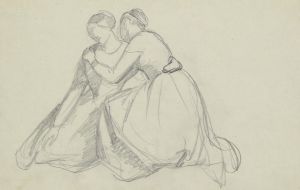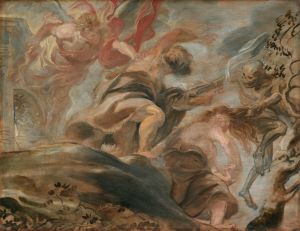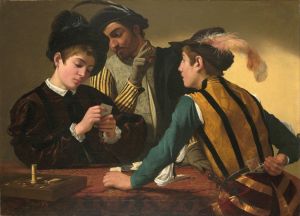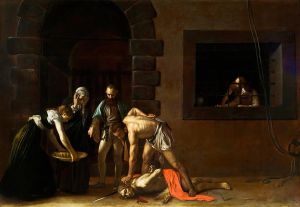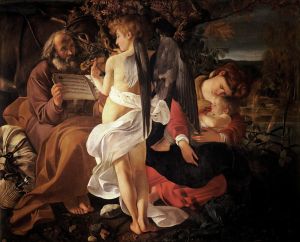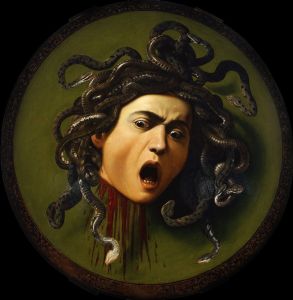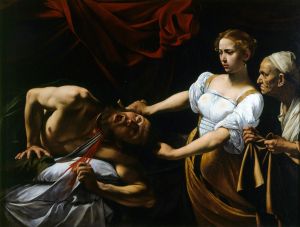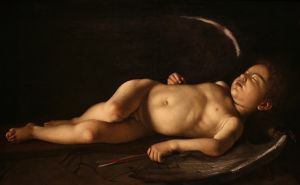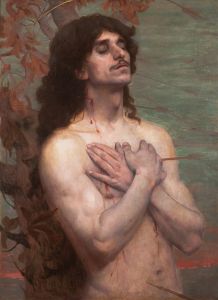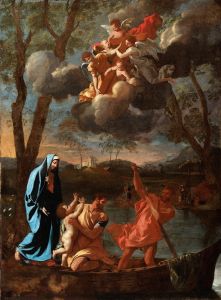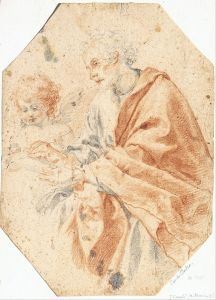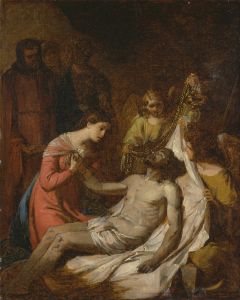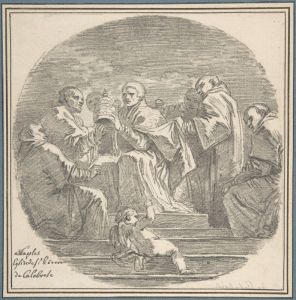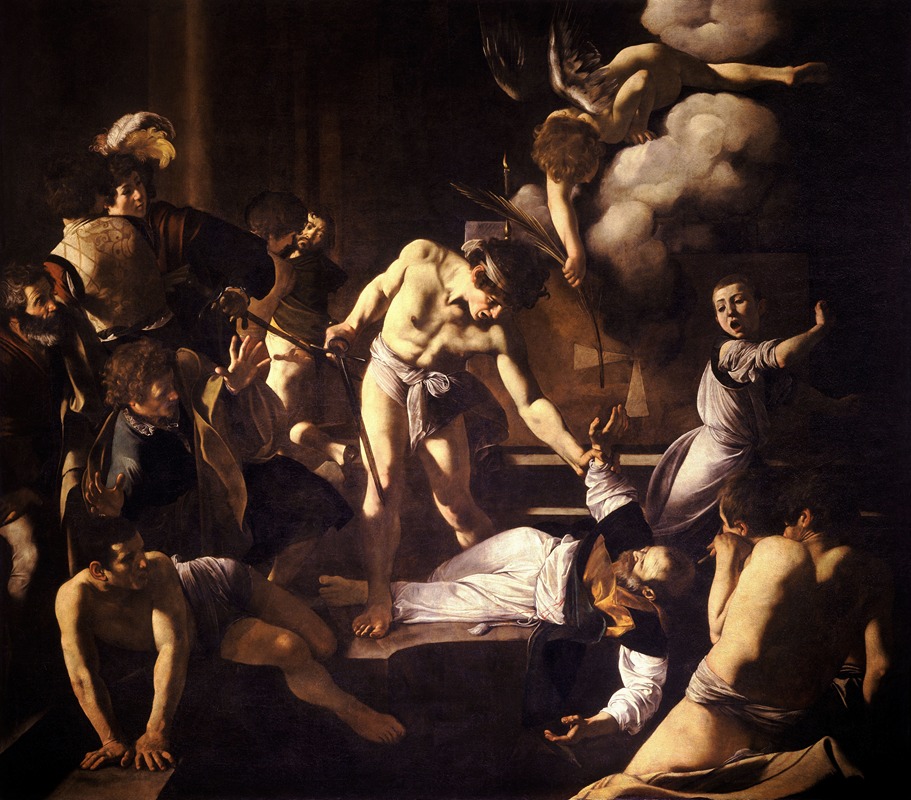
The Martyrdom of Saint Matthew
A hand-painted replica of Caravaggio’s masterpiece The Martyrdom of Saint Matthew, meticulously crafted by professional artists to capture the true essence of the original. Each piece is created with museum-quality canvas and rare mineral pigments, carefully painted by experienced artists with delicate brushstrokes and rich, layered colors to perfectly recreate the texture of the original artwork. Unlike machine-printed reproductions, this hand-painted version brings the painting to life, infused with the artist’s emotions and skill in every stroke. Whether for personal collection or home decoration, it instantly elevates the artistic atmosphere of any space.
"The Martyrdom of Saint Matthew" is a significant work by the Italian Baroque master Michelangelo Merisi da Caravaggio, completed around 1600. This painting is part of a larger commission for the Contarelli Chapel in the Church of San Luigi dei Francesi in Rome, which also includes "The Calling of Saint Matthew" and "The Inspiration of Saint Matthew." These works collectively mark a pivotal moment in Caravaggio's career, showcasing his innovative approach to religious art.
The painting depicts the martyrdom of Saint Matthew, one of the twelve apostles of Jesus, who, according to tradition, was killed while celebrating Mass. The scene is set in a dark, undefined space, characteristic of Caravaggio's use of tenebrism, where dramatic contrasts between light and shadow heighten the emotional intensity of the moment. The composition is dynamic, filled with movement and tension, as the figures are caught in a moment of violent action.
In the center of the painting, Saint Matthew is shown at the moment of his martyrdom. He is sprawled on the ground, his face a mixture of shock and resignation, as an executioner looms over him with a sword. The executioner's muscular form and aggressive posture contrast sharply with the vulnerable position of the saint. Around them, a chaotic scene unfolds, with figures reacting in horror and disbelief. Some are fleeing, while others appear frozen in shock, their gestures and expressions capturing the drama of the event.
Caravaggio's use of light is particularly noteworthy in this painting. A strong beam of light illuminates the central figures, drawing the viewer's attention to the martyrdom itself. This use of light not only highlights the physical forms but also serves a symbolic function, suggesting the divine presence and the spiritual significance of the martyrdom.
The painting is also notable for its realism and attention to detail. Caravaggio was known for using live models and everyday people as subjects for his religious scenes, and this work is no exception. The figures are depicted with a raw, unidealized realism that was revolutionary at the time. This approach brings a sense of immediacy and relatability to the biblical narrative, inviting viewers to engage with the scene on a personal level.
"The Martyrdom of Saint Matthew" is a testament to Caravaggio's mastery of composition, light, and emotion. It exemplifies his ability to convey complex narratives through powerful imagery and remains a significant work in the history of art. The painting not only reflects the religious fervor of the Counter-Reformation but also Caravaggio's unique artistic vision, which continues to influence artists to this day.





